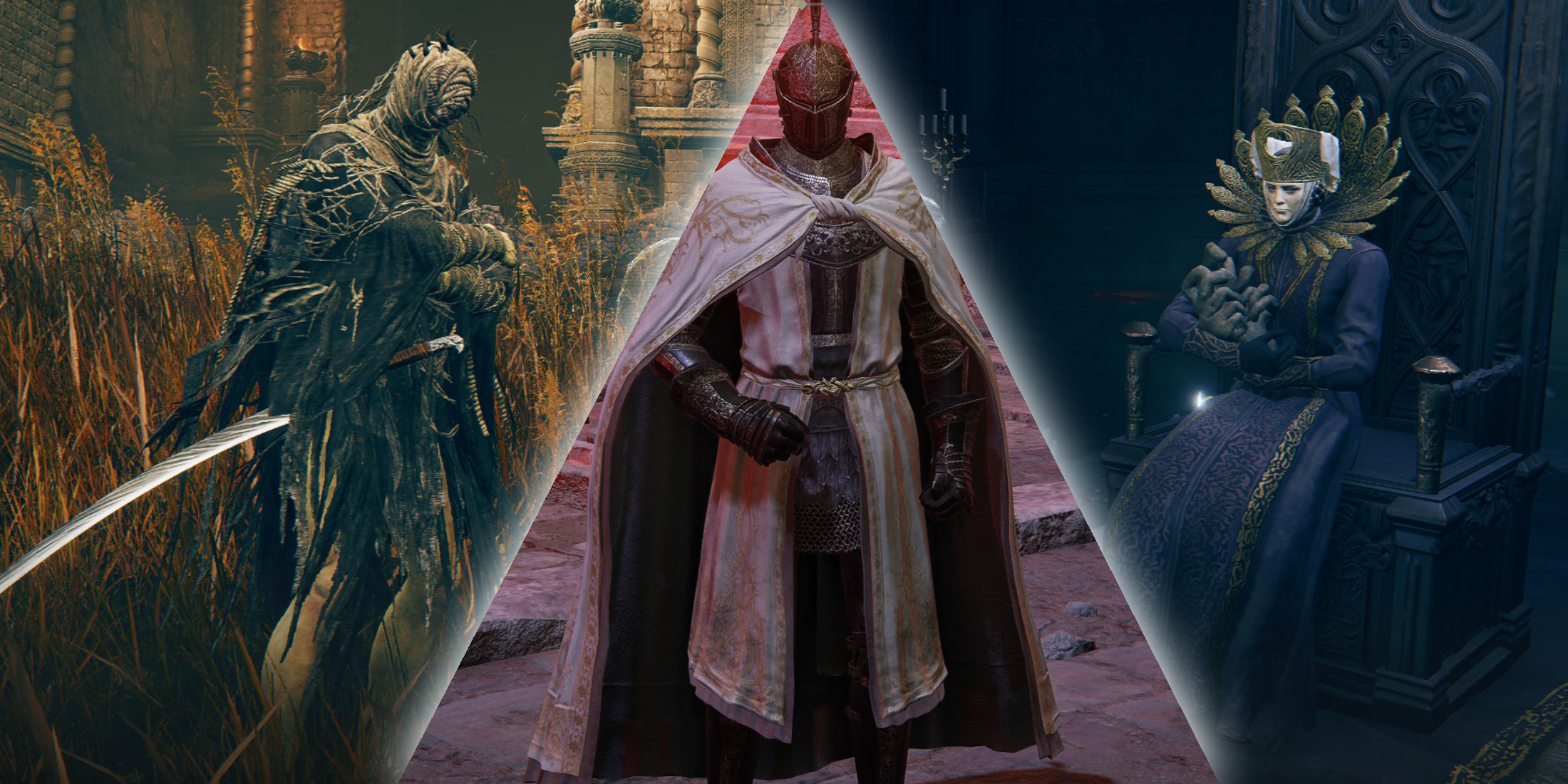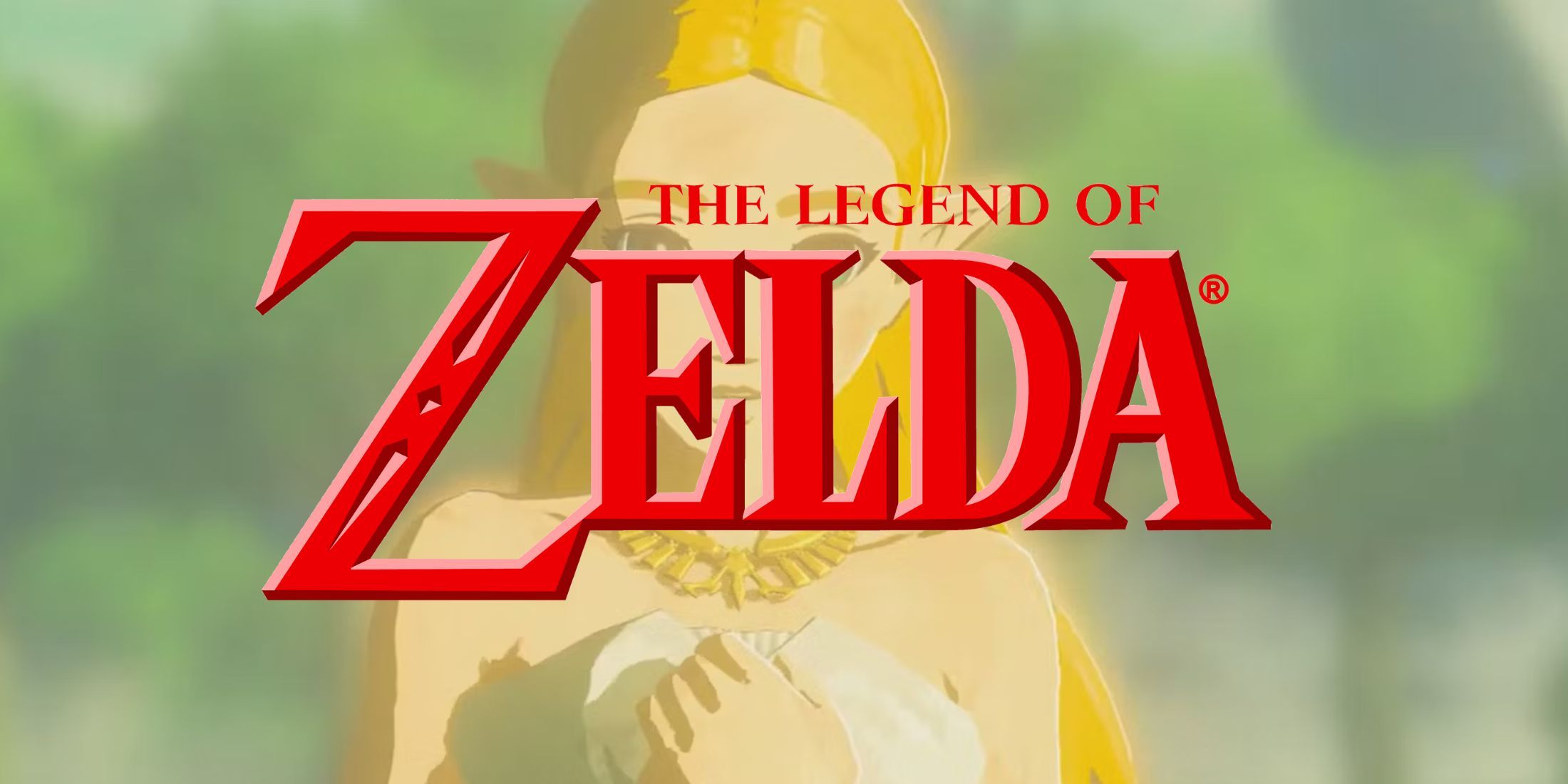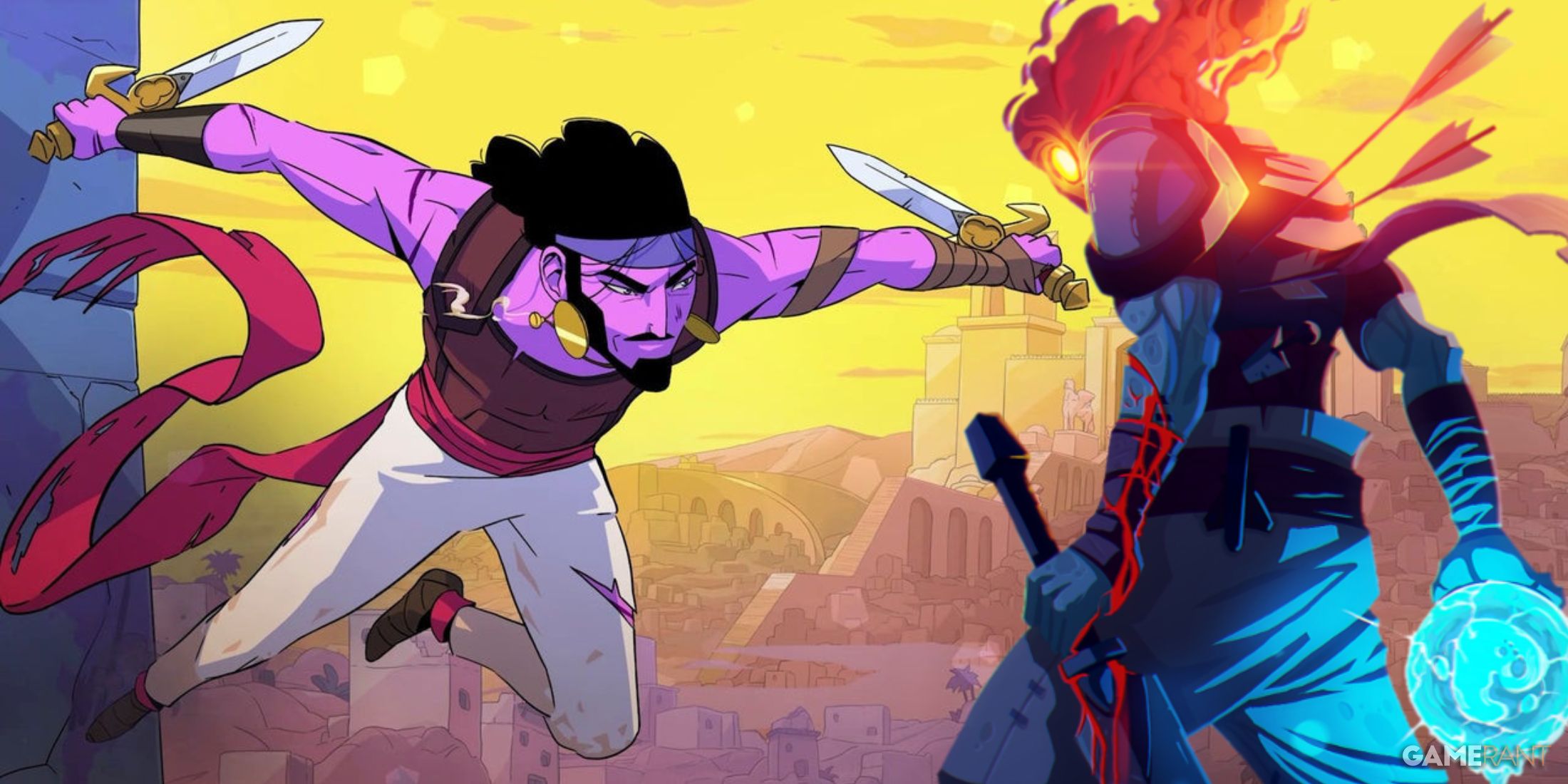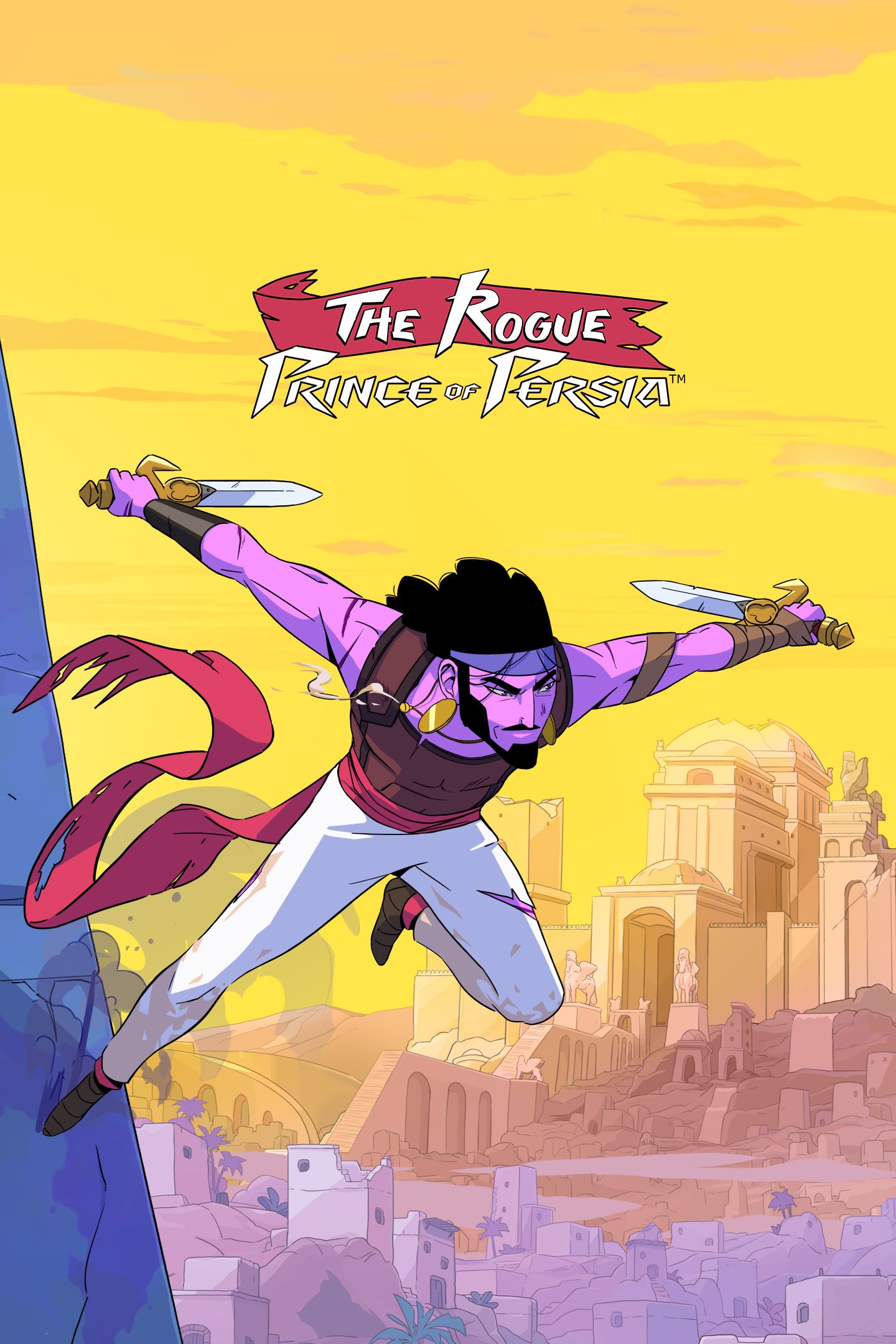Highlights
- The Rogue Prince of Persia brings a fresh take on the roguelike genre with improved platforming mechanics and combat dynamics.
- Players can freely parkour on the majority of the screen's background, climb walls, and string together acrobatic moves for loot.
- The game encourages forward momentum with fast-paced combat and level design, taking Dead Cells' fluid movement to the next level.
Though the genre technically dates back to the 1980s, roguelikes have seen a massive boom in popularity over the last decade or so thanks to some incredibly influential titles. Games like Spelunky, Slay the Spire, and of course, Hades have all been instrumental in making the roguelike genre what it is today. 2018's Dead Cells is another pivotal entry in the roguelike genre, and now one of the studios behind it has brought its roguelike expertise to the Prince of Persia franchise.
Released onto Steam early access just a few days ago, The Rogue Prince of Persia is a roguelike action-platformer that's being developed by Evil Empire, one of the studios made to help co-develop Dead Cells during its post-launch phase. From the moment players boot up The Rogue Prince of Persia, the game's Dead Cells DNA will be immediately obvious, but there are quite a few ways in which this successor improves upon the formula.
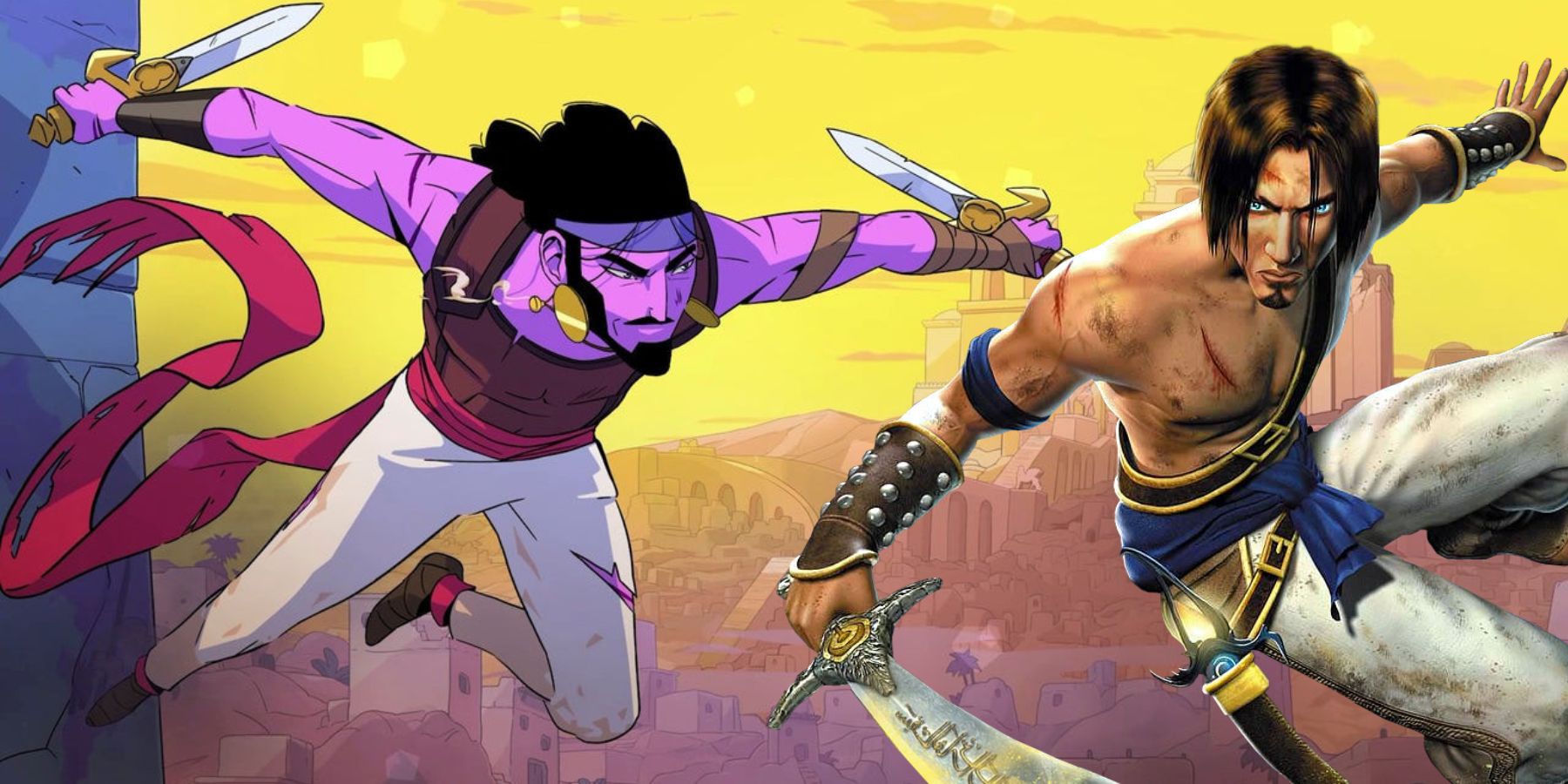
How Rogue Prince of Persia Fits into the Historical Timeline
The Rogue Prince of Persia is just a month away from release, and long-time fans might be wondering how it fits into the overarching series timeline.
How The Rogue Prince of Persia Evolves Dead Cells Mechanics
The Rogue Prince of Persia Takes Dead Cells' Platforming to The Next Level
While Dead Cells was technically an action-platformer, it definitely put more of an emphasis on the former component. Even though stages gradually added more verticality during the course of the game, Dead Cells' platforming often boiled down to simple jumps across and up platforms. The Rogue Prince of Persia puts a much greater emphasis on its platforming.
From the get-go, players can freely parkour on the majority of the screen's background. Players can climb walls in any direction to reach greater heights and climb onto platforms, or they can run along the wall to cross gaps and avoid traps. The Rogue Prince of Persia even includes a handful of platforming challenges in which the player needs to string together some parkour and acrobatic moves to reach the end of the trial and earn some loot.
Platforming is also used frequently throughout The Rogue Prince of Persia's combat sequences, where players will need to vault over enemies and climb up walls to avoid oncoming attacks. There was always a strong sense of forward momentum in Dead Cells, with its fast-paced combat and level design encouraging the player to keep moving forward as fast as possible. This feeling is something that The Rogue Prince of Persia takes to the next level thanks to its fluid and free movement.
The Rogue Prince of Persia Offers a Few Nice Additions to Combat
For the most part, The Rogue Prince of Persia's combat mechanics are fairly similar to those in Dead Cells. Players have access to an array of weapons and gadgets that they find while on a run, and each of those delivers some kind of unique, fast-hitting combo. In both games, players need to avoid oncoming damage by dodging attacks.
An interesting evolution of Dead Cells' combat in Rogue Prince of Persia is the Prince's kick attack. In Dead Cells, players can unlock a weapon known as the Spartan Sandals. These allow players to kick enemies into each other and environmental objects for additional damage. In The Rogue Prince of Persia, players are just given this ability inherently, and it plays a much greater role in combat. Players are encouraged to kick enemies as much as they can in Rogue Prince of Persia, with it being the most efficient way to reduce an enemy's armor and stun them for a few seconds.

